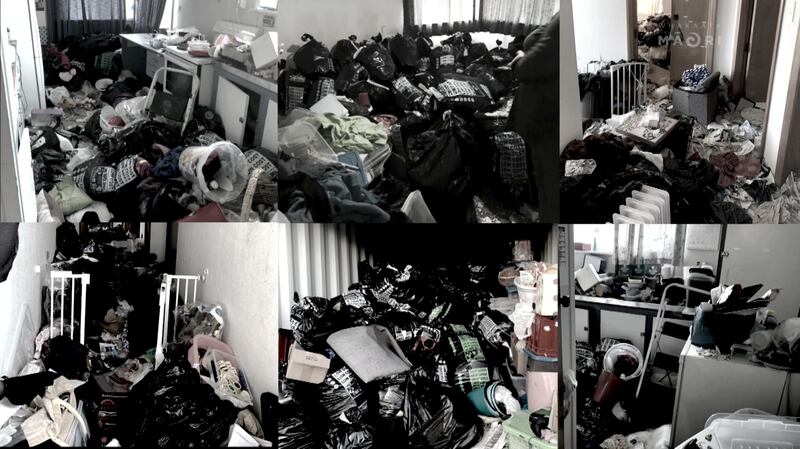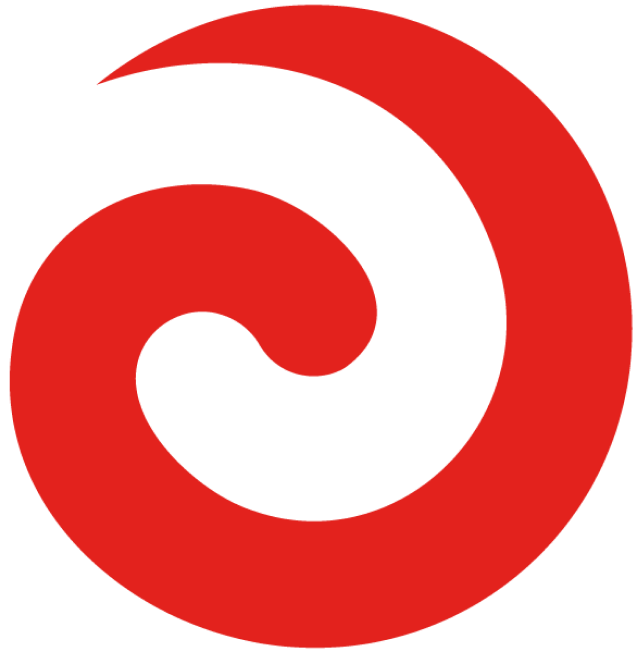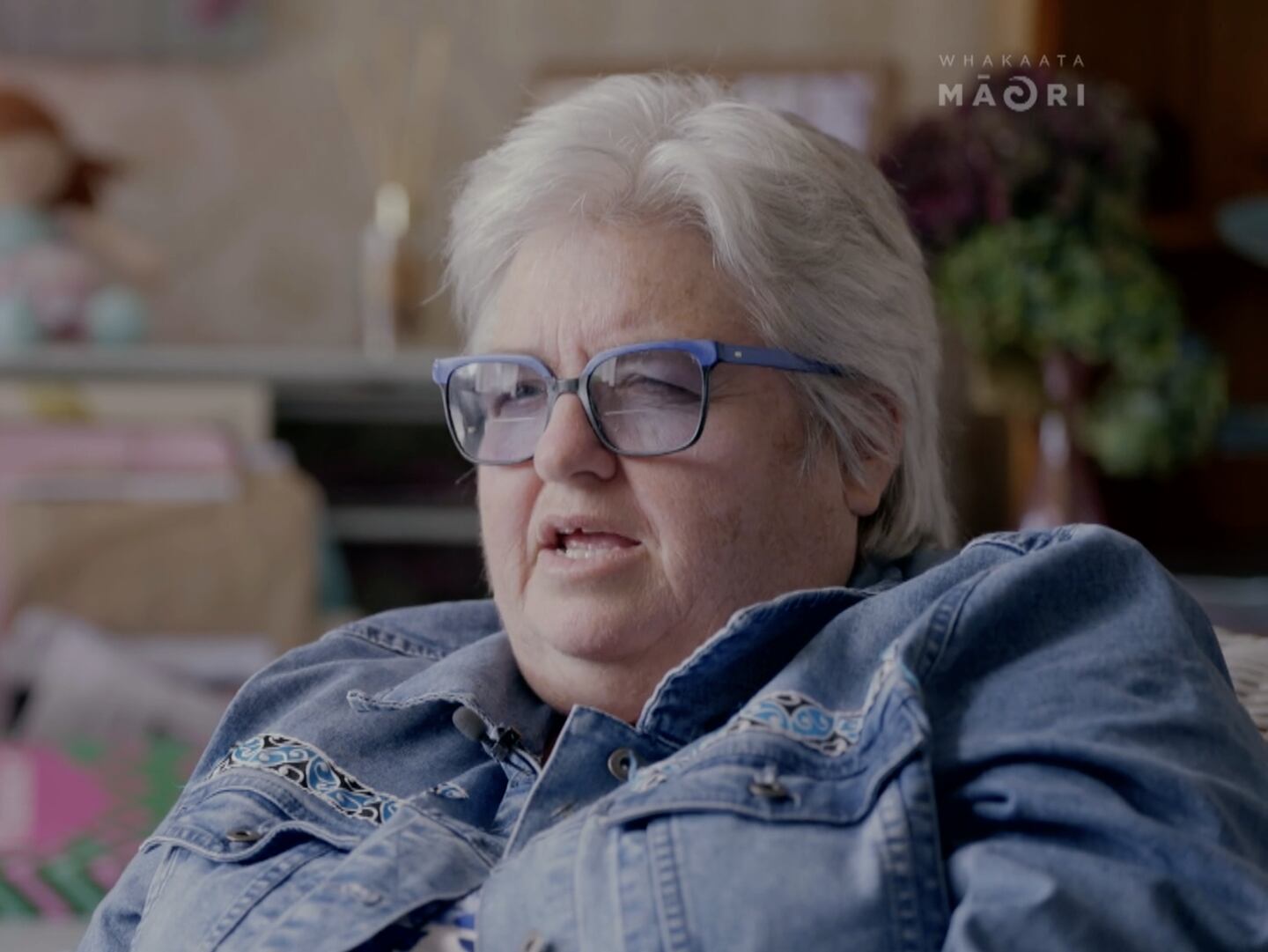AJ’s hoarding began at a young age, as a result of significant childhood trauma. A former head teacher and now recovering hoarder, the 55-year-old shared her experience of this complex disorder affecting thousands of New Zealanders on Monday’s episode of Te Ao with Moana. Reporter Myjanne Jensen (Ngāpuhi) was invited to AJ’s whare to unpack her hoarding illness.
Hoarding is an extremely complex, not well-understood, mental health disorder estimated to affect up to 90,000 New Zealanders in varying degrees.
While there is little data on hoarding in Aotearoa, research from the University of Otago’s 2017 Canterbury Health Ageing and Lifecourse (CHALICE) study, showed an estimated 35,000 New Zealanders were living with clinically severe hoarding behaviour.
A further 56,000 people were likely to have sub-clinical hoarding behaviours which could develop into a diagnosable condition.
While hoarding could begin in adolescence, the study found it was common for the behaviour to worsen with age and was often tied to a range of mental and physical health conditions.
Hoarding also doesn’t discriminate, impacting people from all walks of life.
‘We had trauma in our life young’
55-year-old former head teacher and recovering hoarder, AJ said her hoarding began at a young age as a result of significant childhood trauma.
In addition to her hoarding disorder, AJ (who has whakapapa to Rotorua) struggles with sleep apnea, hearing, visual and mobility issues, and memory loss.
She also has obsessive compulsive disorder (OCD) and other specified dissociative disorder (OSDD), which is why she refers to herself as ‘we’.
“We had trauma in our life young, so to manage and cope with some of that trauma, ‘things’ became very much a focus because we believed we flew away and left our body,” AJ said.
“Sometimes we used to put heavy books in our school bag at secondary school, like heavy, heavy textbooks so that we didn’t fly away.
“And when we didn’t sleep at night, we used to get books and build towers of books to feel safe. And I suppose as an adult, that just evolved.”
AJ said while her hoarding had fluctuated, it would often escalate at times of great stress or hardship.
The peak of her hoarding occurred at her last home, where she experienced extreme isolation during Covid-19, her beloved therapy dog died and the street name she was living on was the same name as her childhood abuser.

The American Psychiatric Association defines people with hoarding disorder as having “persistent difficulty getting rid of or letting things go” because of their “perceived need” to save them.
The resulting clutter often made it difficult for hoarders to use their living spaces.
Hoarding is different from collecting, in that collectors are typically very intentional, collecting items in a targeted way to be admired and displayed to others.
‘There’s a lot of shame and isolation around the disorder’
Maire Barron (Ngāi Tahu) is the founder of Hoarding Unpacked and has worked in the field for more than 18 years.
She is the only known hoarding specialist of her kind across Australia and Aotearoa to deliver workshops for frontline staff working with people with hoarding behaviours.
Maire said because of the limited data, it was hard to tell just how many people were living with hoarding disorder in Aotearoa.
She said the country’s first preliminary study released earlier this year, ‘Severe domestic squalor in Aotearoa New Zealand: A preliminary survey’ suggested hoarding impacted anywhere between 2 to 5 percent of the population.
Maire predicted it was possibly more, however, as most people counted in these studies were being identified through housing services, which didn’t take into account private home ownership.
“There’s a lot of shame and isolation around the disorder and normally people living in housing or rental accommodation aren’t discovered until there is a house inspection and that’s when it finally gets addressed.”
Maire said isolation was also a big issue connected to people with hoarding behaviours, as was a lack of support for people once diagnosed with the condition.
“I don’t know of any psychiatrist or psychologists specialising in this disorder in New Zealand,” Maire said.
“My understanding is that most people that do attain their accreditations as psychologists and psychiatrists don’t have any training in hoarding disorder within their training curriculum.
“I think there is some movement around ACC acknowledging this as a disorder and so people may be able to get some support there, but it’s early days at this stage.”
According to Maire, there were two categories of hoarding: dry and/or organised hoarding, and squalor - the latter of which was typically a wet, damp environment filled with rot and mould.
Maire said people could also collect all sorts of things from books, to bicycles, animals and even faeces.
For AJ, it was books and newspaper clippings, which were tied to her need to remember things and desire to learn more about her hoarding.
“The Sunday Star Times was pretty bad as they once featured a story about hoarding,” AJ said.
“Because we have memory loss and disassociation, we somehow wanted to retain that information.
“So, for us, a big lifeline has been having the internet. We now don’t need newspapers for that reason.”
AJ said she’d also relied on overseas support to help her deal with her hoarding behaviours, including reaching out to hoarding world export, America’s Randy Frost, who referred her to Catholic Healthcare’s Hoarding and Squalor Specialist Services in Sydney.
“We were the first New Zealander to get some help regarding that. And they were amazing but it wasn’t an easy path,” AJ said.
“They work with you in small blocks because it’s very draining on your brain as you’re trying to change your behaviour.
“The big thing for us that we’ve really worked on is executive functioning and making everything really structured so that, when things happen in life and we are triggered, we carry on with life to the best of our ability.
“We were told then that you have to always have to work on it just like any addiction or anything in life that’s hard, it’s an ongoing thing.”
Fire risks
There are also significant fire risks involved with hoarding.
According to Australia Fire and Emergency Services, 25 percent of all fire fatalities were related to hoarding, which Maire believed would reflect the numbers here in Aotearoa as well.
Maire believed the notification system used by Australian emergency services should be implemented here as well.
“There are a lot of safety hazards that come up in hoarding households, some of them might be things like the exits are blocked or the walkways are so small that emergency services struggle to get in and out of the premises,” she said.
“The fuel load is increased sometimes by tenfold compared to a normal house and smoke alarms might not be functioning because of lack of airflow, etc.
“In Australia, there are now many emergency services that have a notification system for hoarding.
“So, if there’s a fire in the house that’s been notified on their system, they’ll send three trucks instead of one because of the fuel load intensity.”
‘Empathy, patience and aroha are key’
So what can you do if you know or suspect someone you love or care about has hoarding disorder?
Both Maire and AJ agree that showing empathy, patience and aroha are key to helping someone struggling with hoarding.
“We know that quick fixes don’t work. So we can go and remove all the items against someone’s will, and it’s a hugely traumatic experience with them,” Maire said.
“They’ll be back to where they were two years later. The work that we need to be doing is long and considered and thought out and deeply connected with our clients that we’re working with.”
“Hoarders aren’t lazy or dirty and we would suggest that whatever the hoarder’s strengths are, use those to build change in their behaviour,” AJ said.
“Whatever their learning style is, look for their learning style and use those things.”
Watch AJ’s story here.
Te Ao with Moana, Mondays at 8pm on Whakaata Māori and Māori+.


